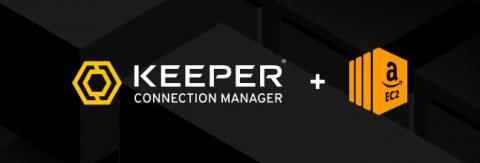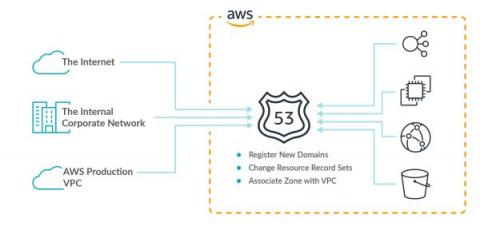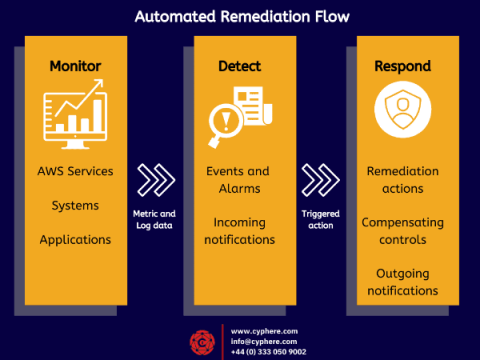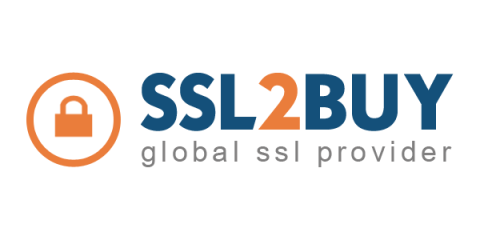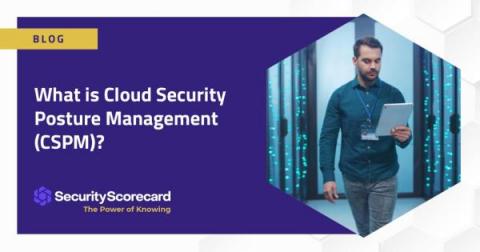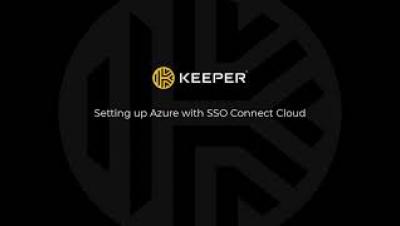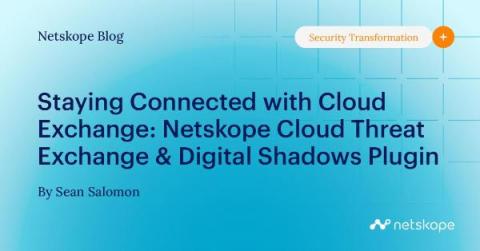Use Keeper Connection Manager to Automatically Discover & Connect to AWS EC2 Instances
One of the selling points of cloud computing is the ability to quickly spin up new machines as needed. Unfortunately, this means that cloud environments grow very complex, very quickly – and manually updating configuration files to add new instances gets really old, really fast. It’s easy to make a mistake, which inhibits productivity and causes security issues, especially when accessing machines remotely.


